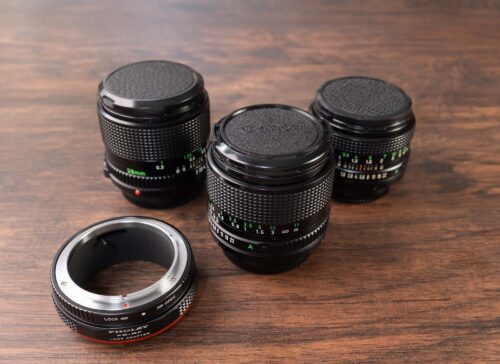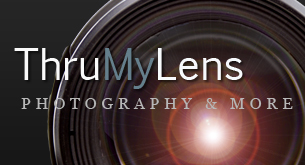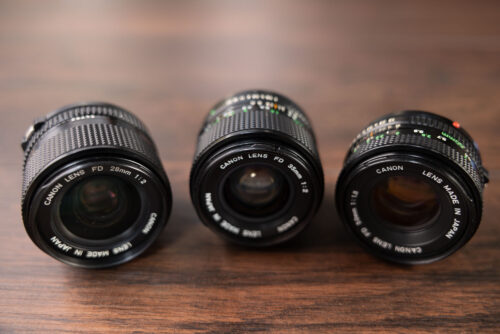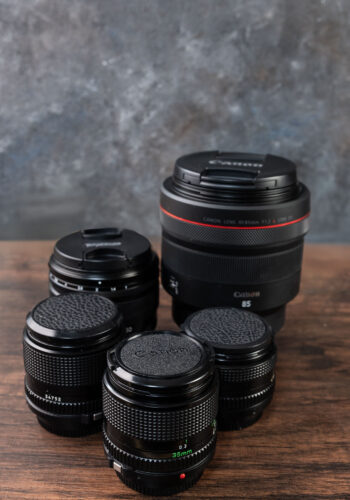WHY CANON FD?
In my research on desirable vintage lenses, I noted that you almost always see a Canon FD model in one of the top 3 spots. Great build quality with no shortage of excellent examples that will produce stellar results at nearly every focal length. Given that I already owned the 50mm F1.8, I decided to get the 35mm F2, and the 28mm F2. Each was about $200.00. A bit pricier than the 50mm F1.8 but consider that I have really functional set of PRIME lenses for well under $500.00. As you might expect, the price of a vintage lens will vary by condition – make sure you buy from a trusted seller. You’ll also want to well-research the different model variations produced over the years by the manufacturer. The FD 35mm F2 for example comes in a highly desirable S.S.C (“Super Spectra Coating”) version.
WHICH ADAPTER?
A quick Amazon search will yield multiple manufacturers of adapters to mount vintage lenses to modern mirrorless cameras. They all seem to be manufactured in China (quite likely in the same manufacturing facility) and are similarly priced – Around $30-$40.00 each. Again, the adapters are not complicated devices. I purchased the Fotasy FD to RF adapter for $30 and have no complaints. I was attracted to Fotasy because they seemed to have an extensive catalog of adapters for the Canon RF mirrorless platform.

Pictured are the 3 Canon FD lenses I purchased along with the Pholsy FD to RF adapter.
ARE VINTAGE LENSES BETTER THAN MODERN?
“Better” is of course subjective, but in most cases it’s sort of an apples to oranges comparison to their more modern counterparts. For me, it’s not really a question of better or worse – it’s different. In my next article I’ll be comparing and contrasting the FD 35mm F2 S.S.C to my Sigma 35mm F1.4 to attempt to better illustrate the differences. In most cases, the vintage lenses bring a unique character to an image not found in their more advanced, clinically sharp counterparts. What some may see as “deficiencies” in vintage lenses (less sharp, more flaring, more vignetting) can actually be seen as more desirable to some photographers. Besides the unique image rendering, the price is of course very attractive to amateur photographers who can’t afford a bag full of the latest, fastest mirriorless lenses. Others, like myself, are seeking to experience a more purposeful, manual shooting experience with more film-like results. Size and weight are also a significant appeal for vintage lenses. In the below photo, you’ll see my 3 Canon FD lenses in the front. Behind them you’ll see my Voigtlander 50mm F1.0 RF (it’s twice as big as any of the other FD lenses) and the behemoth Canon RF 85mm F1.2 DS which is bigger and heavier than all three of the FD lenses combined:
Stay tuned as I continue to share my experiences and adventures with vintage lenses!




0 Comments